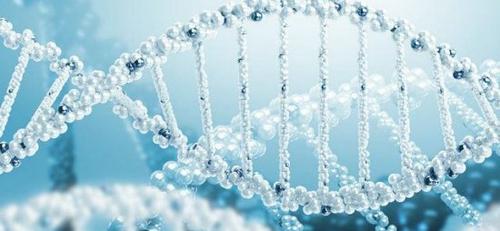Based on their knowledge of bacterial gene regulation, investigators anticipated that eukaryotic regulatory elements for protein-coding genes would be located just upstream from the transcription initiation site. Therefore, they attempted to detect these regulatory elements by first introducing mutations in this region and then determining the mutations' effects on gene expression. Deleting several base pairs (bp) at the same time might seem to offer a rapid method for locating regulatory elements within a gene, but it has a serious shortcoming. Deletion mutations not only remove the nucleotides of interest, they also alter the spacing between flanking DNA sequences. Thus, the loss of gene activity that results from deleting a DNA segment might be due to the fact that an essential segment was removed, the spacing between flanking sequences was changed, or both.
In 1982, Stephen McKnight and Robert Kingsbury devised a new technique that eliminated the spacing problem, facilitating the search for regulatory elements. This technique, called linker-scanning mutagenesis, involves systematic replacement of short DNA segments (usually 3-10 bp) in a region of interest with a DNA linker containing a random sequence of exactly the same size. Although a linker mutation, like a deletion mutation, changes a short DNA segment,it has the advantage of preserving the spacing between nucleotide sequences on either side of the altered segment. Retention of spacing is very important because it allows us to distinguish between effects due to sequence alterations and those due to space changes between flanking sequences.
Linker scanning mutagenesis was first used to search for the promoter of the thymidine kinase gene in the herpes simplex virus(an icosahedral, enveloped DNA virus responsible for cold sores and genital herpes). Linker mutations were introduced just upstream from the transcription initiation site of a cloned thymidine kinase gene that had been inserted into a plasmid. After mutagenesis, the plasmid was microinjected into oocytes of the frog Xenopus laevis to permit the Xenopus transcription machinery to transcribe the thymidine kinase gene. Gene activity was monitored by the primer extension method.








